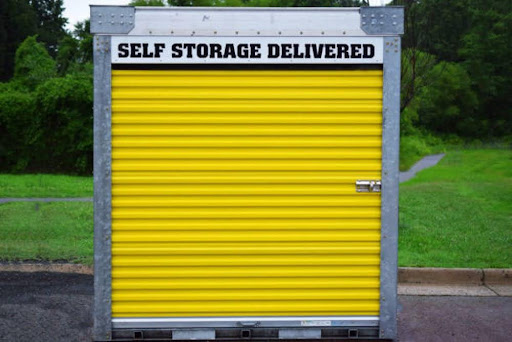How to Use Storage Containers for Year-Round Organization

As the seasons change, so does the need for different items in our homes. From holiday decorations to winter clothes and outdoor gear, managing seasonal items can quickly become a challenge without proper organization.
Fortunately, with the right approach and the help of storage containers, you can keep your seasonal belongings neatly stored, easily accessible, and well-protected throughout the year. In this guide, we’ll explore practical strategies for using storage containers to store seasonal items, ensuring a clutter-free and efficient living space no matter the time of year.
1. Assess Your Seasonal Storage Needs
Before diving into organizing your seasonal items, take stock of what you have and identify the specific storage needs for each season.
Make a list of the seasonal items you need to store, such as holiday decorations, winter clothing, gardening tools, or sports equipment.
This will help you determine the types and sizes of storage containers you’ll need to accommodate your belongings effectively.
2. Choose the Right Storage Containers
Selecting the right storage containers is crucial for efficient seasonal storage.
Opt for durable containers made from materials such as plastic, fabric, or metal, depending on the items you plan to store and the storage conditions.
Clear containers are ideal for easily identifying contents, while stackable or nestable containers help maximize space in storage areas such as closets, attics, or garages.
With Stop & Store by your side, you can rest assured that an expert team is here to assist you in finding the perfect storage container for your needs.
3. Organize by Season and Category
Divide your seasonal items into categories based on the time of year and their use.
For example, group holiday decorations together, separate winter clothes from summer attire, and organize outdoor gear by activity or sport.
Use separate storage containers for each category and label them clearly to streamline retrieval and storage rotation throughout the year.
4. Properly Pack and Protect
When packing seasonal items into storage containers, take care to properly pack and protect delicate or fragile items to prevent damage.
Use bubble wrap, tissue paper, or soft fabric to cushion breakable decorations, and consider investing in garment bags or vacuum-sealed bags to protect clothing from moisture, pests, and dust during storage.
5. Utilize Vertical Space
Maximize storage space by utilizing vertical space in closets, garages, or storage rooms.
Invest in shelving units or modular storage systems that allow you to stack containers vertically, making efficient use of available space while keeping items easily accessible.
Install hooks or hanging organizers for storing seasonal accessories such as scarves, hats, or gardening tools.
6. Rotate Seasonal Items
As the seasons change, rotate your seasonal items in and out of storage containers accordingly.
Store off-season items in less accessible areas, such as higher shelves or the back of closets, while keeping current-season items within easy reach.
Regularly assess your storage needs and adjust container contents as needed to accommodate seasonal changes.
7. Create a Dedicated Storage Area
Designate a specific area in your home for seasonal storage to keep items organized and centralized.
Whether it’s a designated closet, storage room, or garage corner, having a dedicated storage space makes it easier to locate and access seasonal items when needed.
Keep the area tidy by regularly decluttering and reorganizing containers as seasons transition.
8. Label and Inventory
Labeling storage containers is essential for quick and easy identification of contents, especially when storing multiple seasonal items.
Use adhesive labels or label makers to clearly mark each container with its contents and the season it belongs to.
Consider creating an inventory list or digital catalog of stored items to track contents and streamline retrieval.
9. Maintain Cleanliness and Order
Regular maintenance is key to keeping seasonal storage areas clean, organized, and clutter-free.
Periodically inspect storage containers for signs of wear or damage, and replace any damaged containers as needed.
Keep storage areas clean and free of debris, pests, and moisture to ensure items remain in good condition during storage.
10. Review and Refresh Annually
At least once a year, take the time to review your seasonal storage setup and assess its effectiveness.
Purge any items you no longer need or use, donate or recycle items in good condition, and refresh storage containers as needed.
Use this opportunity to optimize your storage system and make any necessary adjustments for the upcoming seasons.
In Short
By following these practical tips and strategies for seasonal storage with storage containers, you can maintain a well-organized living space year-round while keeping your seasonal items easily accessible and in good condition. With careful planning, proper packing, and efficient organization, you’ll be able to streamline your seasonal storage process and enjoy a clutter-free home no matter the time of year.



